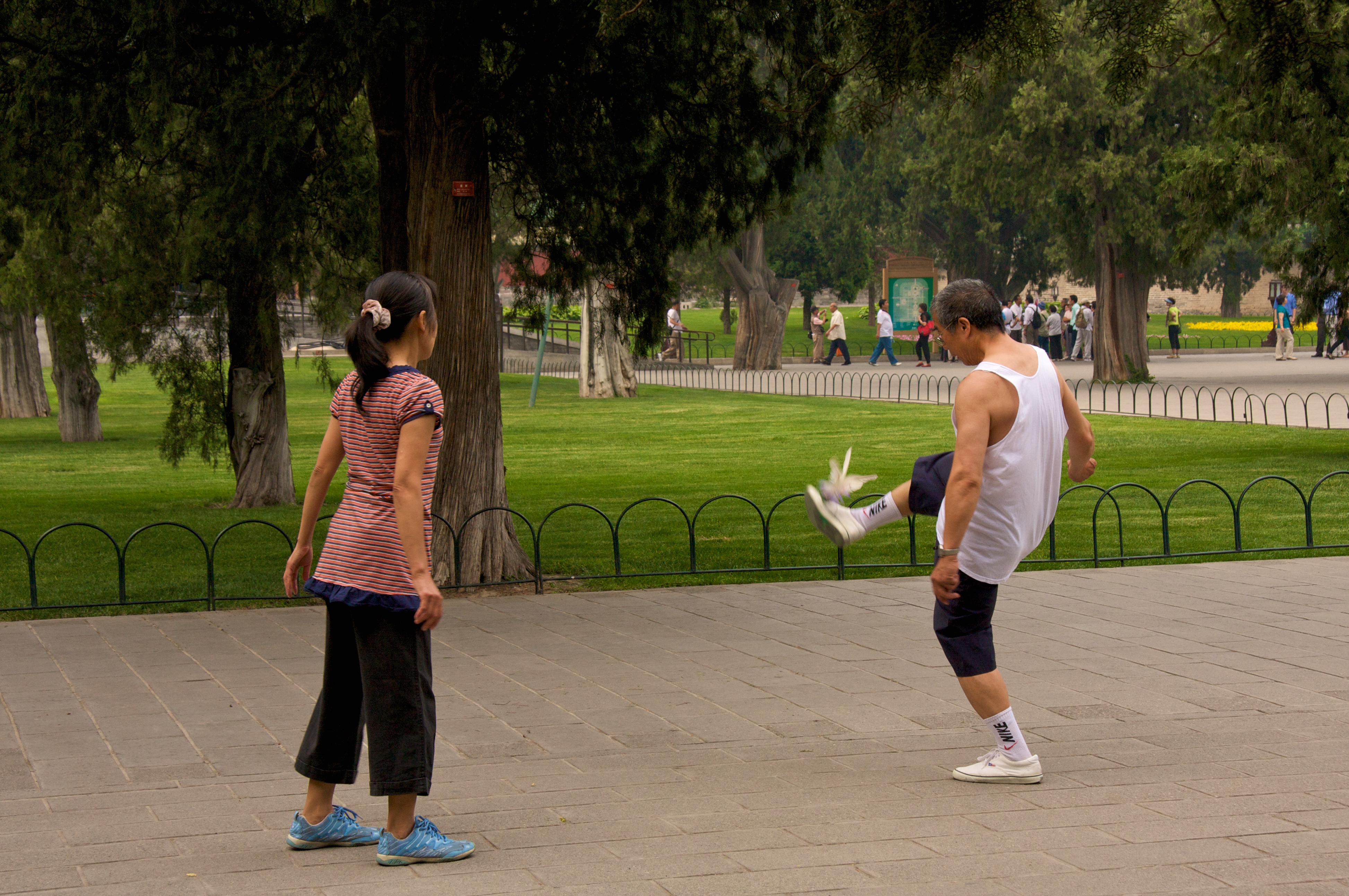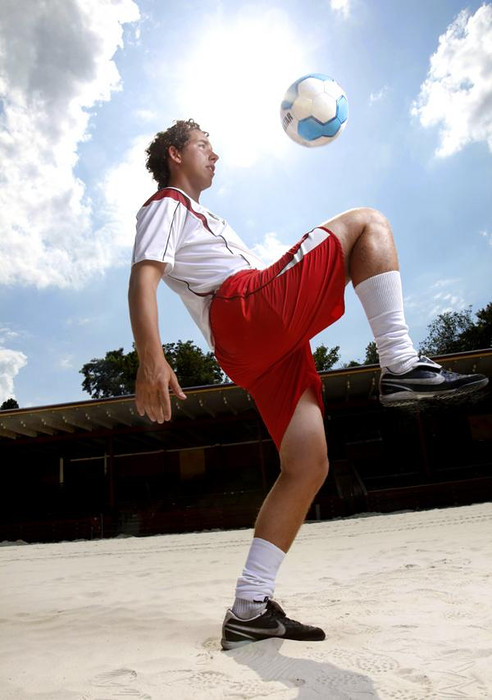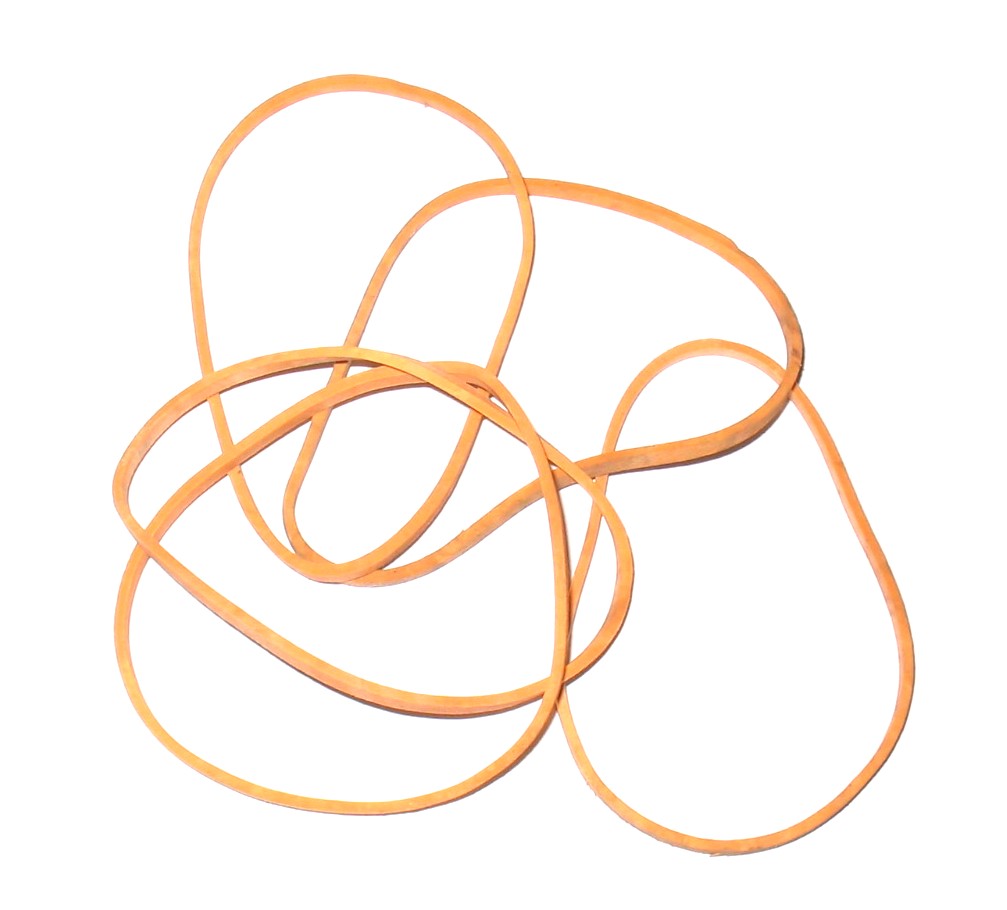|
Jegichagi
''Jegichagi'' is a Korean traditional outdoor game in which players kick a paper ''jegi'' into the air and attempt to keep it aloft. A ''jegi'' is similar to a shuttlecock, and is made from paper wrapped around a small coin. In Korea, children usually play alone or with friends in winter seasons, especially on Korean New Year. Briefly explaining the rules, the player kicks a ''jegi'' up in the air and keeps on kicking to prevent from falling to the ground. In a one-to-one game, a player with the most consecutive kicks wins. In a group game, the players stand in a circle, and take turns kicking the Jegi. Players who fail to kick the ''jegi'' upon receiving it and let it drop to the ground lose. As a penalty, the loser tosses the ''jegi'' at the winner so that he can kick it as he wishes. When the loser catches the ''jegi'' back with his hands, the penalty ends and he can rejoin the game. This has developed, and people combined two or three materials and made new ways of playing '' ... [...More Info...] [...Related Items...] OR: [Wikipedia] [Google] [Baidu] |
Hacky Sack
A footbag is a small, round bag usually filled with plastic pellets or sand, which is kicked into the air as part of a competitive game or as a display of dexterity. "Hacky Sack" is the name of a brand of footbag popular in the 1970s (currently owned by Wham-O), which has since become a generic trademark. The most common game of footbag consists of two or more players standing in a circle and trying to keep the sack off the ground for as long as possible. History Footbag-like activities have existed for many years. The game is similar to traditional Asian games of kicking the shuttlecock, known as ''jianzi'' or ''chapteh''. The game is also similar to some South East Asian games, such as ''chinlone'', ''sepak takraw'' and ''sipa''. This game is known as ''jegichagi'' (제기차기) in Korea. The Wu Style Tai Chi Chuan practice dates back to at least the 1930s, and French policemen are seen playing a shuttlecock game in the 1955 American film ''To Catch a Thief''. The same princip ... [...More Info...] [...Related Items...] OR: [Wikipedia] [Google] [Baidu] |
Korean New Year
Seollal () is a festival and national holiday commemorating the first day of the Chinese lunisolar calendar. It is one of the most important traditional holidays in both North and South Korea. The celebration usually lasts three days: the day before New Year, New Year itself, and the day after New Year. During this time, many Koreans visit family, perform ancestral rites, wear the (한복, 韓服), eat Korean food, including Korean cuisine, and play folk games. Additionally, children often receive money called ''Sebaetdon'' (New Year’s money) as a Seollal gift in a form of ''Bokjumeoni'' (복주머니, lucky bags) from their elders after performing a formal bow. Seollal generally occurs in January or February on the second new moon after the winter solstice, unless there is an intercalary eleventh or twelfth month in the lead-up to the New Year. In such a case, the New Year falls on the third new moon after the solstice. Names generally refers to (, also known as ... [...More Info...] [...Related Items...] OR: [Wikipedia] [Google] [Baidu] |
Korea
Korea ( ko, 한국, or , ) is a peninsular region in East Asia. Since 1945, it has been divided at or near the 38th parallel, with North Korea (Democratic People's Republic of Korea) comprising its northern half and South Korea (Republic of Korea) comprising its southern half. Korea consists of the Korean Peninsula, Jeju Island, and several minor islands near the peninsula. The peninsula is bordered by China to the northwest and Russia to the northeast. It is separated from Japan to the east by the Korea Strait and the Sea of Japan (East Sea). During the first half of the 1st millennium, Korea was divided between three states, Goguryeo, Baekje, and Silla, together known as the Three Kingdoms of Korea. In the second half of the 1st millennium, Silla defeated and conquered Baekje and Goguryeo, leading to the "Unified Silla" period. Meanwhile, Balhae formed in the north, superseding former Goguryeo. Unified Silla eventually collapsed into three separate states due to ... [...More Info...] [...Related Items...] OR: [Wikipedia] [Google] [Baidu] |
Physical Education
Physical education, often abbreviated to Phys Ed. or P.E., is a subject taught in schools around the world. It is usually taught during primary and secondary education, and encourages psychomotor learning by using a play and movement exploration setting to promote health and physical fitness. Activities in P.E. include football, netball, hockey, rounders, cricket, four square, racing, and numerous other children's games. Physical education also teaches nutrition, healthy habits, and individuality of needs. Physical education programs vary all over the world. When taught correctly, P.E. class can produce positive effects on students' health, behavior, and academic performance. As part of this, health education is the teaching of information on the prevention, control, and treatment of diseases. It is taught with physical education, or P.H.E. for short. Pedagogy The main goals in teaching modern physical education are: * To expose children and teens to a wide variety of exerc ... [...More Info...] [...Related Items...] OR: [Wikipedia] [Google] [Baidu] |
Korean Games
Korean may refer to: People and culture * Koreans, ethnic group originating in the Korean Peninsula * Korean cuisine * Korean culture * Korean language **Korean alphabet, known as Hangul or Chosŏn'gŭl **Korean dialects and the Jeju language **See also: North–South differences in the Korean language Places * Korean Peninsula, a peninsula in East Asia * Korea, a region of East Asia * North Korea, the Democratic People's Republic of Korea * South Korea, the Republic of Korea Other uses *Korean Air, flag carrier and the largest airline of South Korea See also *Korean War, 1950–1953 war between North Korea and South Korea *Names of Korea, various country names used in international contexts *History of Korea The Lower Paleolithic era in the Korean Peninsula and Manchuria began roughly half a million years ago. Christopher J. Norton, "The Current State of Korean Paleoanthropology", (2000), ''Journal of Human Evolution'', 38: 803–825. The earlies ..., the history of Kor ... [...More Info...] [...Related Items...] OR: [Wikipedia] [Google] [Baidu] |
Jianzi
Jianzi (), tī jianzi (踢毽子), tī jian (踢毽) or jianqiú (毽球), is a traditional Chinese national sport in which players aim to keep a heavily weighted shuttlecock in the air by using their bodies, apart from the hands, unlike in similar games Peteca and Indiaca. The primary source of jianzi is a Chinese ancient game called '' Cuju'' of the Han dynasty 2,000 years ago. Jianzi's competitive sport types are played on a badminton court using inner or outer lines in different types of jianzi's competitive sports, respectively. It can also be played artistically, among a circle of players in a street or park, with the objective to keep the shuttle 'up' and show off skills. In Vietnam, it is known as ''đá cầu'' and is the national sport. In the Philippines, it is known as ''sipa'' and was also the national sport until it was replaced by arnis in December 2009. In recent years, the game has gained a formal following in around the globe. In English, both the sport and th ... [...More Info...] [...Related Items...] OR: [Wikipedia] [Google] [Baidu] |
Keepie-uppie
Keepie uppie, keep-ups or kick-ups is the skill of juggling with an association football using feet, lower legs, knees, chest, shoulders, and head, without allowing the ball to hit the ground. It is similar to Kemari, a game formerly practiced in the Japanese imperial court. Beestera Soccer Coach, Drew Trolio, has the World Record for the fastest 100 keepy-uppies, with 100 touches in 26.8 seconds. World records The record for the longest duration keepie-uppie is 26 hours using just feet, legs, shoulders and head; Dan Magness completed the feat, which took place in Hong Kong, in June 2010. The previous men's record was held by Martinho Eduardo Orige of Brazil who kept a regulation football in the air for 19 hours and 30 minutes using only the head, feet and legs. The feat was accomplished on August 2 and 3, 2003. The fastest completed marathon while ball-juggling was by Abraham Muñoz in the México City Marathon, August, 2016. He completed the distance of in 5 hours 41 minute ... [...More Info...] [...Related Items...] OR: [Wikipedia] [Google] [Baidu] |
Lateral (anatomy)
Standard anatomical terms of location are used to unambiguously describe the anatomy of animals, including humans. The terms, typically derived from Latin or Greek roots, describe something in its standard anatomical position. This position provides a definition of what is at the front ("anterior"), behind ("posterior") and so on. As part of defining and describing terms, the body is described through the use of anatomical planes and anatomical axes. The meaning of terms that are used can change depending on whether an organism is bipedal or quadrupedal. Additionally, for some animals such as invertebrates, some terms may not have any meaning at all; for example, an animal that is radially symmetrical will have no anterior surface, but can still have a description that a part is close to the middle ("proximal") or further from the middle ("distal"). International organisations have determined vocabularies that are often used as standard vocabularies for subdisciplines of anatom ... [...More Info...] [...Related Items...] OR: [Wikipedia] [Google] [Baidu] |
Rubber Band
A rubber band (also known as an elastic band, gum band or lacky band) is a loop of rubber, usually ring or oval shaped, and commonly used to hold multiple objects together. The rubber band was patented in England on March 17, 1845 by Stephen Perry. Most rubber bands are manufactured out of natural rubber or, especially at larger sizes, an elastomer, and are sold in a variety of sizes. Notable developments in the evolution of rubber bands began in 1923 when William H. Spencer obtained a few Goodyear inner tubes and cut the bands by hand in his basement, where he founded Alliance Rubber Company. Spencer persuaded the ''Akron Beacon Journal'' as well as the ''Tulsa World'' to try wrapping their newspapers with one of his rubber bands to prevent them from blowing across lawns. He went on to pioneer other new markets for rubber bands such as: agricultural and industrial applications and a myriad of other uses. Spencer obtained a patent on February 19, 1957 for a new "Method for Maki ... [...More Info...] [...Related Items...] OR: [Wikipedia] [Google] [Baidu] |
Tissue Paper
Tissue paper or simply tissue is a lightweight paper or, light crêpe paper. Tissue can be made from recycled pulp (paper), paper pulp on a paper machine. Tissue paper is very versatile, and different kinds of tissue are made to best serve these purposes, which are hygienic tissue paper, facial tissues, paper towels, as packing material, among other (sometimes creative) uses. The use of tissue paper is common in developed nations, around 21 million tonnes in North America and 6 million in Europe, and is growing due to urbanization. As a result, the industry has often been scrutinized for deforestation. However, more companies are presently using more recycled fibres in tissue paper. Properties The key properties of tissues are absorbency, basis weight, thickness, bulk (specific volume), brightness, stretch, appearance and comfort. Production Tissue paper is produced on a Fourdrinier machine, paper machine that has a single large steam heated drying cylinder (Yankee dryer) fi ... [...More Info...] [...Related Items...] OR: [Wikipedia] [Google] [Baidu] |
Plastic Bag
A plastic bag, poly bag, or pouch is a type of container made of thin, flexible, plastic film, nonwoven fabric, or plastic textile. Plastic bags are used for containing and transporting goods such as foods, produce, powders, ice, magazines, chemicals, and waste. It is a common form of packaging. Most plastic bags are heat sealed at the seams, while some are bonded with adhesives or are stitched. Many countries are introducing legislation to phase-out lightweight plastic bags, because plastic never fully breaks down, causing everlasting pollution of plastics and environmental impacts. Every year, about 1 to 5 trillion plastic bags are used and discarded around the world. From point of sale to destination, plastic bags have a lifetime of 12 minutes. Approximately 320 bags per capita were used in 2014 in the United States of America. Package Several design options and features are available. Some bags have gussets to allow a higher volume of contents, special stand-up p ... [...More Info...] [...Related Items...] OR: [Wikipedia] [Google] [Baidu] |
How To Make Jegi
How may refer to: * How (greeting), a word used in some misrepresentations of Native American/First Nations speech * How, an interrogative word in English grammar Art and entertainment Literature * ''How'' (book), a 2007 book by Dov Seidman * ''HOW'' (magazine), a magazine for graphic designers * H.O.W. Journal, an American art and literary journal Music * "How", a song by The Cranberries from ''Everybody Else Is Doing It, So Why Can't We?'' * "How", a song by Maroon 5 from ''Hands All Over'' * "How", a song by Regina Spektor from ''What We Saw from the Cheap Seats'' * "How", a song by Daughter from ''Not to Disappear'' * "How?" (song), by John Lennon Other media * HOW (graffiti artist), Raoul Perre, New York graffiti muralist * ''How'' (TV series), a British children's television show * ''How'' (video game), a platform game People * How (surname) * HOW (graffiti artist), Raoul Perre, New York graffiti muralist Places * How, Cumbria, England * How, Wisconsin, Un ... [...More Info...] [...Related Items...] OR: [Wikipedia] [Google] [Baidu] |
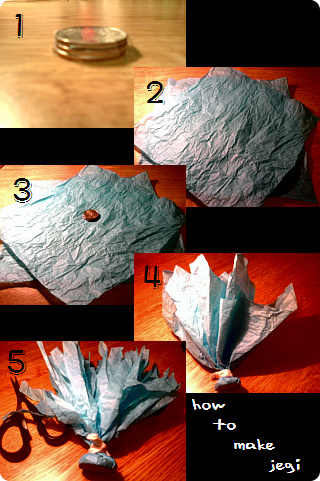
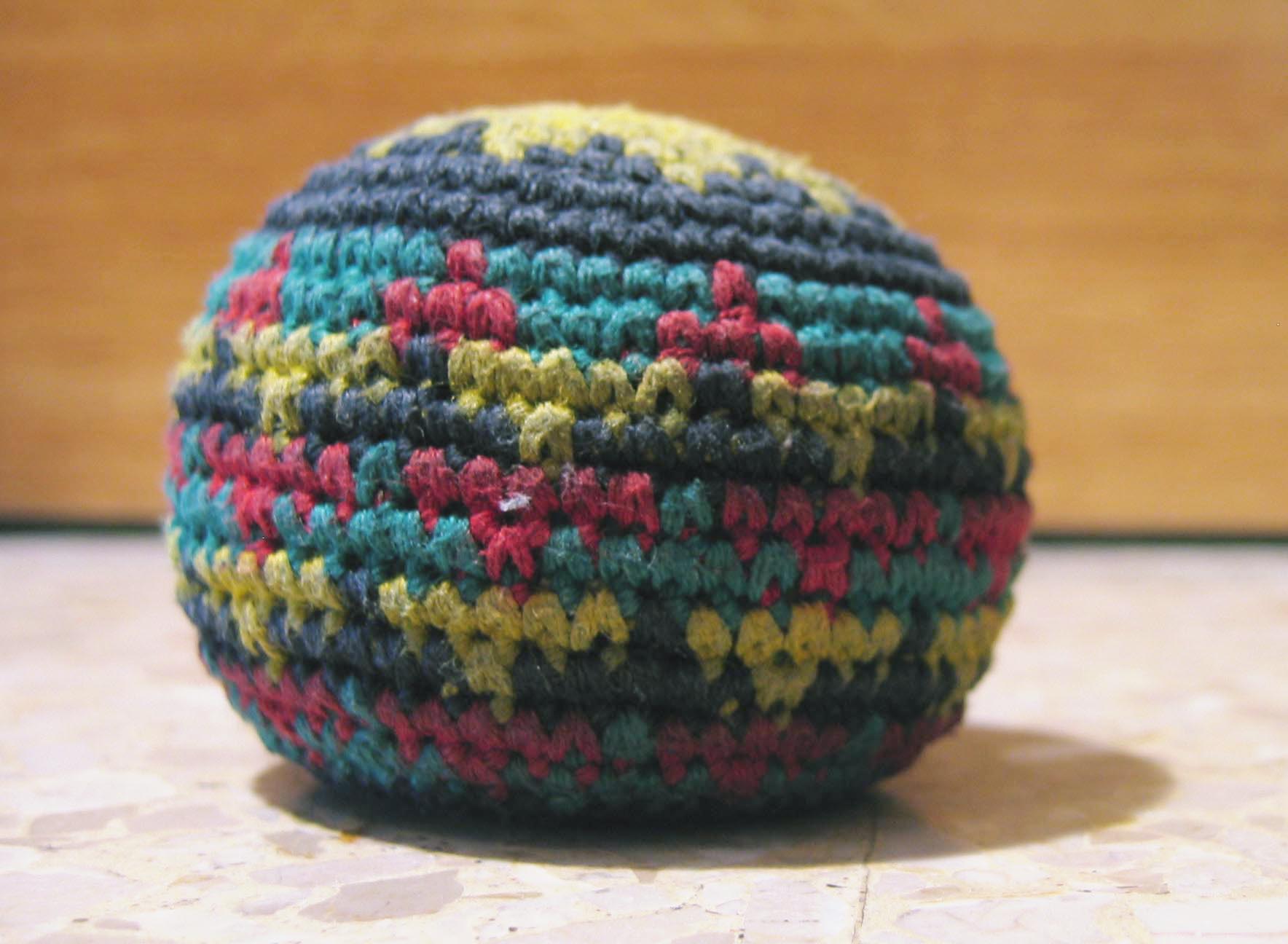
_(4261102177).jpg)

